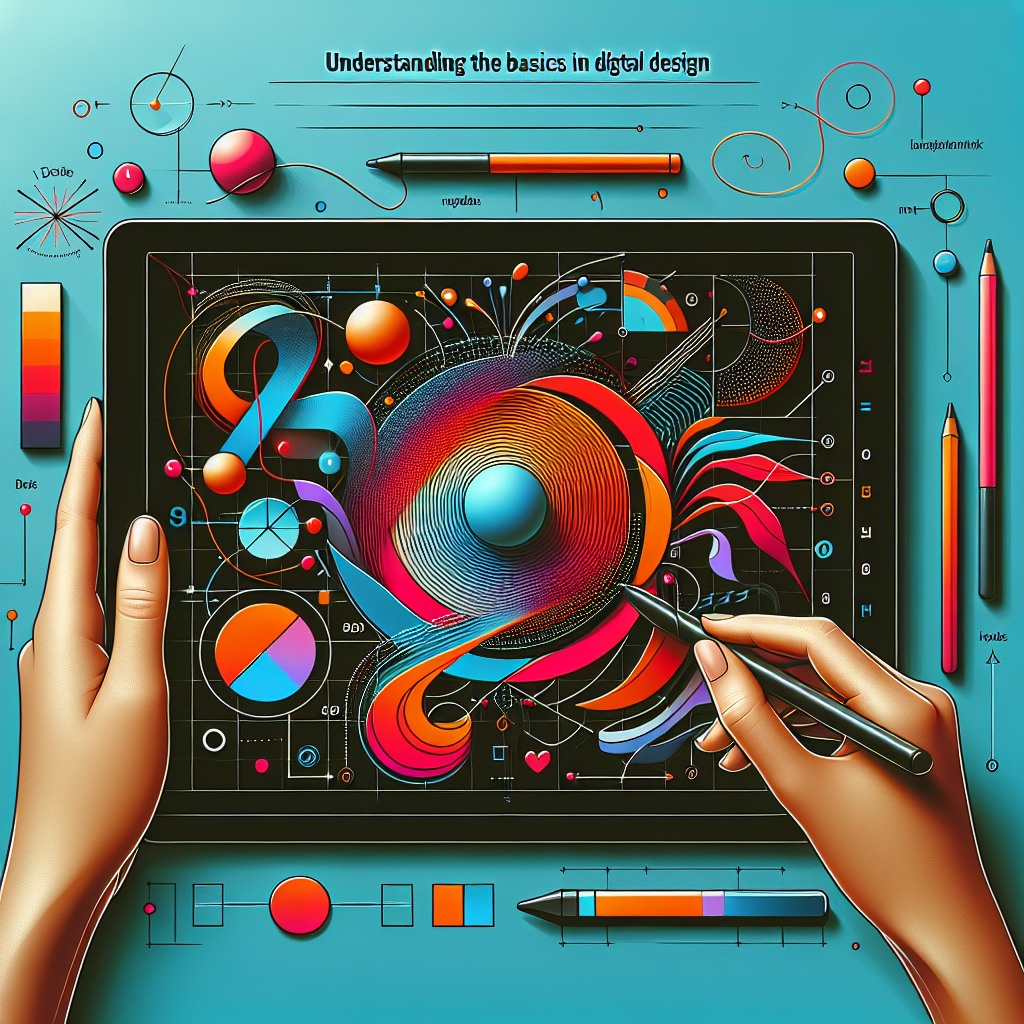The world of digital design has been greatly shaped and influenced by various techniques and formats. One such crucial aspect is vector graphics. To understand the impact of vector graphics in digital design, it’s essential first to comprehend what vector graphics are and why they are significant.
What are Vector Graphics?
Vector graphics are computer graphics images created with sequences of commands or mathematical statements that place lines and shapes in a given two-dimensional or three-dimensional space. In contrast to bitmap (raster) graphics, vector graphics are not dependent on resolution. This makes them scalable to any size without loss of quality which is one of their most prevalent advantages.
The Role of Vector Graphics in Digital Design
Vector graphics have revolutionised digital design in numerous ways. They offer seamless scalability, meaning they can be easily resized without losing any quality, making them ideal for logos, typography, and any design that needs to be displayed in various sizes across multiple platforms. This unique characteristic has led to their extensive use in responsive web design.
Vector graphics also offer precise control over every element of the design. As they are essentially mathematical shapes, designers can manipulate their details with exceptional accuracy. This precision is critical when creating intricate designs for various digital applications.
Impact of Vector Graphics on Digital Design
The impact of vector graphics on digital design is profound. It has brought about numerous changes to how digital designs are rendered, shared, and applied. Vector graphics introduce flexibility and adaptability in terms of size, shapes, and colors that would be impossible to achieve with raster graphics.
Vector graphics have streamlined digital design, making it easier for designers to create, iterate, and test their designs. Through this improved workflow, designers can now focus on their creative processes, rather than grappling with technical limitations.
Moreover, vector graphics have contributed to the development of modern design aesthetics. Many of the design trends that we associate with digital design (minimalism, flat design, material design, etc.) would not be possible, or at least not as prevalent, without the influence of vector graphics.
The Future of Vector Graphics in Digital Design
As the digital world continues to evolve, so too will vector graphics. They are expected to continue playing a significant role in digital design due to their versatility and scalability. As we move toward a world wherein digital design is integral to our daily lives, the importance of vector graphics will only continue to grow.
Conclusion
Having unpacked the concept of vector graphics and its impact, it is evident that this technology is more than just a trend. Vector graphics have significantly influenced the development and aesthetics of digital design, contributing to the sleek, modern visuals we see today. The high resolution they deliver, coupled with their scalability and design flexibility, make them useful in various applications. As digital design continues to evolve, vector graphics stand as a critical resource in creating visually appealing content that’s consistent across different platforms.
FAQs
- What are vector graphics?
Vector graphics are computer graphics images that are defined in terms of points on a Cartesian plane, which are connected by lines and curves to form polygons and other shapes.
- Why are vector graphics better than raster graphics?
Vector graphics offer seamless scalability and precise control that are not achievable with raster graphics. They maintain their quality irrespective of their size or resolution, while raster graphics can become pixelated while scaling up.
- Where are vector graphics commonly used?
Due to their scalable nature, they are mainly used for logos, typography, illustrations, charts and graphs, and other design elements that need to be displayed in various sizes across different platforms.
- How have vector graphics impacted digital design?
They have greatly impacted digital design, offering freedom of size, flexibility, and terms of shapes and colors. They have influenced many modern design aesthetics like minimalism, flat design, etc.
- What is the future of vector graphics in digital design?
With continuous advancement in digital design, vector graphics are only expected to become more significant in streamlining design processes, improving visual consistency, and enabling creative possibilities.

